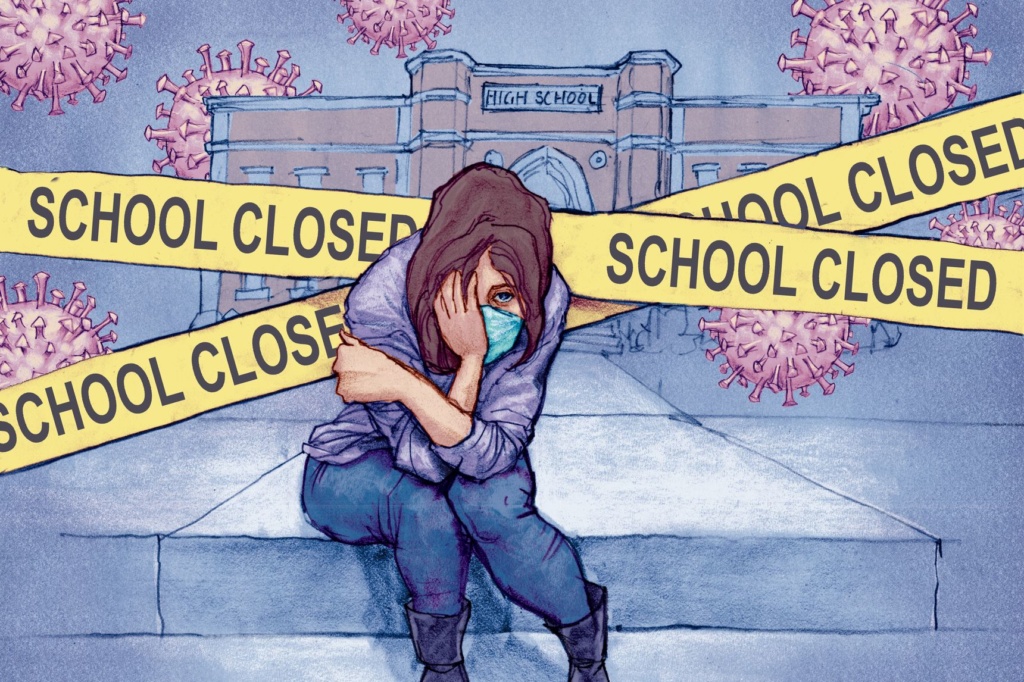
The Centers for Disease Control and Prevention released a report last week warning that adolescent hospitalizations due to Covid-19 were on the rise. The media picked up the message and ran with it. But it isn’t true. The CDC misrepresented the data and played down a more important finding that provides further evidence that pandemic-control measures are likely having a serious adverse impact on young people’s mental health.
The CDC truncated its analysis at the precise date—April 24—that would cast an increase in teen hospitalization in the worst possible light. The 10% rise in early March that attracted so many headlines was similar to rises in other age groups and had declined sharply by late April. Adolescent hospitalizations for Covid-19 were back down to 0.6 per 100,000 by late May, before the CDC report was published, and well below the rate of 2.6 for the adult U.S. population. Moreover, Covid cases among children in 2021 have now fallen by 84% and hospitalizations are down by 69% since January, thanks largely to adult vaccination.
But while the CDC oversold the teen Covid narrative, it failed to emphasize the most troubling aspect of its study: 20% of teen hospitalizations in the study between Jan. 1 and March 31, 2021, were for psychiatric emergencies, not Covid. Although pandemic-related closures have made it difficult to study the mental health of children during the past year, the available data point to a crisis. Lockdowns and school closures have led to greater incidences of obesity and eating disorders, according to experts at the Stanford Children’s Health network. Since the start of the pandemic, overall health-care utilization rates have been low and many “elective” visits, including mental-health services, were unavailable.This exacerbated what the CDC has identified as a pre-existing mental-health treatment gap for children in the U.S.
Quantifying the pandemic’s mental-health burden is also difficult because some three million children nationwide who might have received counseling and social services through their schools this year never attended a class or logged in. Referrals to child services were down in some places by as much as 50% in 2020, indicating major blind spots in awareness of child neglect. School systems were previously common sources of referrals for suspected child abuse and mental-health service agencies.
Capturing subtle declines in mental health is difficult. Suicides and emergency-department visits quantify only extreme outcomes, but the trends for both in California are alarming. Data from Children’s Hospital of Oakland show a 66% increase in 10- to 17-year-olds screening positive for active or recent suicidal ideation in its emergency department between March and October 2020.

Recent Comments